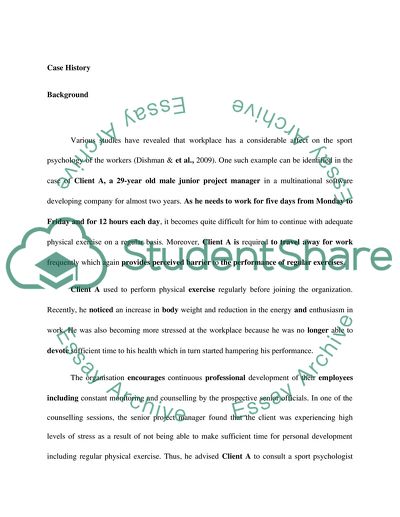Cite this document
(“The Effect Workplace on the Sport Psychology of the Workers Essay - 1”, n.d.)
Retrieved from https://studentshare.org/psychology/1576650-case-study-in-exerise-psychology-msc
Retrieved from https://studentshare.org/psychology/1576650-case-study-in-exerise-psychology-msc
(The Effect Workplace on the Sport Psychology of the Workers Essay - 1)
https://studentshare.org/psychology/1576650-case-study-in-exerise-psychology-msc.
https://studentshare.org/psychology/1576650-case-study-in-exerise-psychology-msc.
“The Effect Workplace on the Sport Psychology of the Workers Essay - 1”, n.d. https://studentshare.org/psychology/1576650-case-study-in-exerise-psychology-msc.


